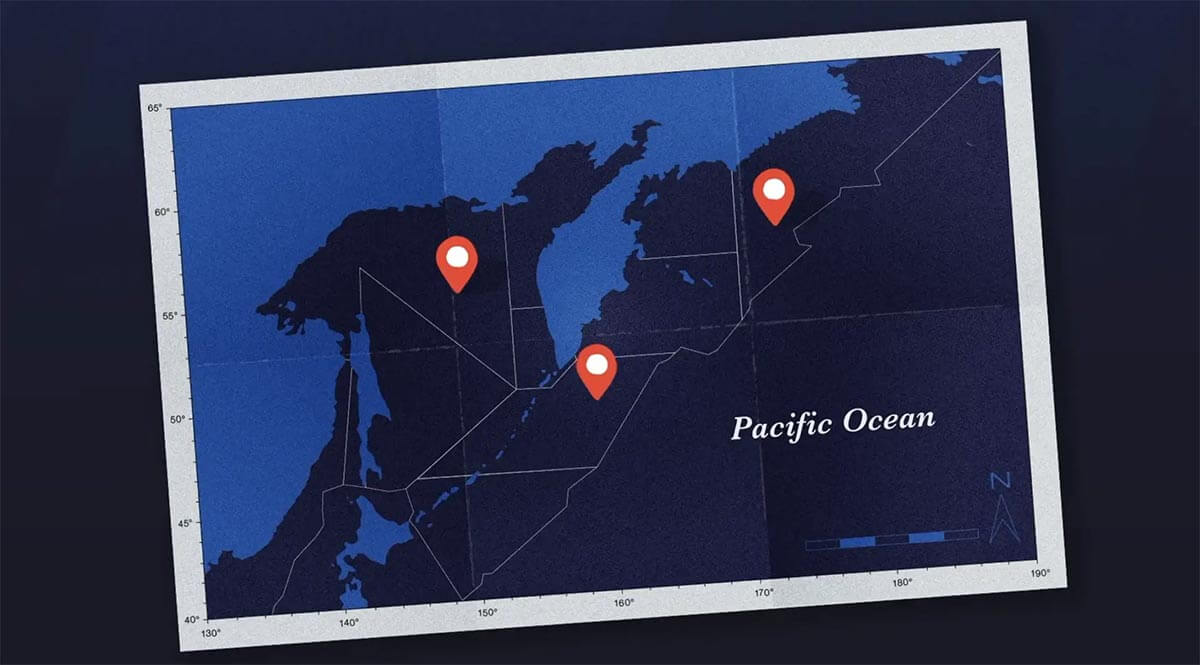About our products
We fillet and freeze all our fish at sea to guarantee superb tasting fish for every single dish.
Atlantic Cod
Gadus morhua | Cabillaud | Kabeljau | Merluzzo nordico | Torsk | треска | 鳕鱼 | 大西洋真鱈
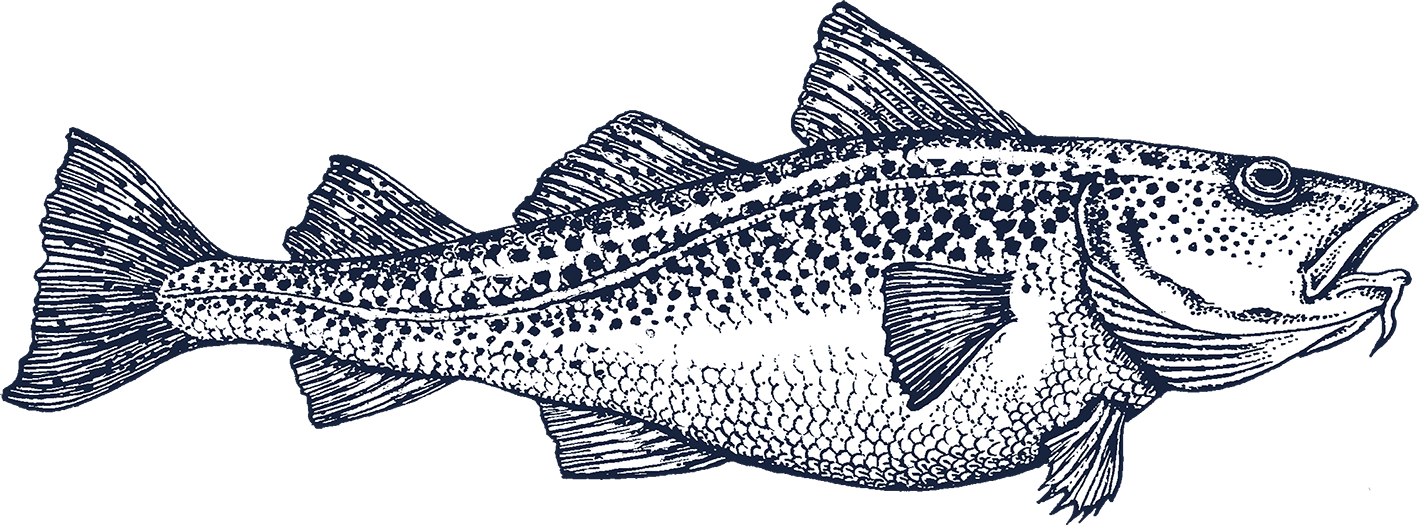
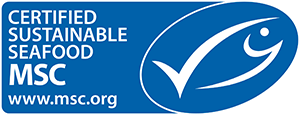
FACTS
Stock levels of Atlantic cod is high, thanks to excellent fishery management and favourable environmental conditions. The Northeast Atlantic contains the largest cod stocks in the world. Jointly managed by Norwegian and Russian authorities, the stock is approved by the ICES for its sustainable approach.
FISHING GROUNDS
We catch the Atlantic cod in the Barents Sea and the Norwegian Sea. This is part the FAO 27 area, in more details the ICES Subareas I & II.
FISHING METHOD
Bottom otter trawl (OTB).
MSC
Barents Sea cod, haddock and saithe fishery (cod component). Cert MSC-F-31266 (F-ACO-0075)
Pacific Cod
Gadus macrocephalus | Morue du Pacifique | Pazifischer Kabeljau | Merluzzo del Pacifico | Тихоокеанская треска | 太平洋真鳕 | マダラ
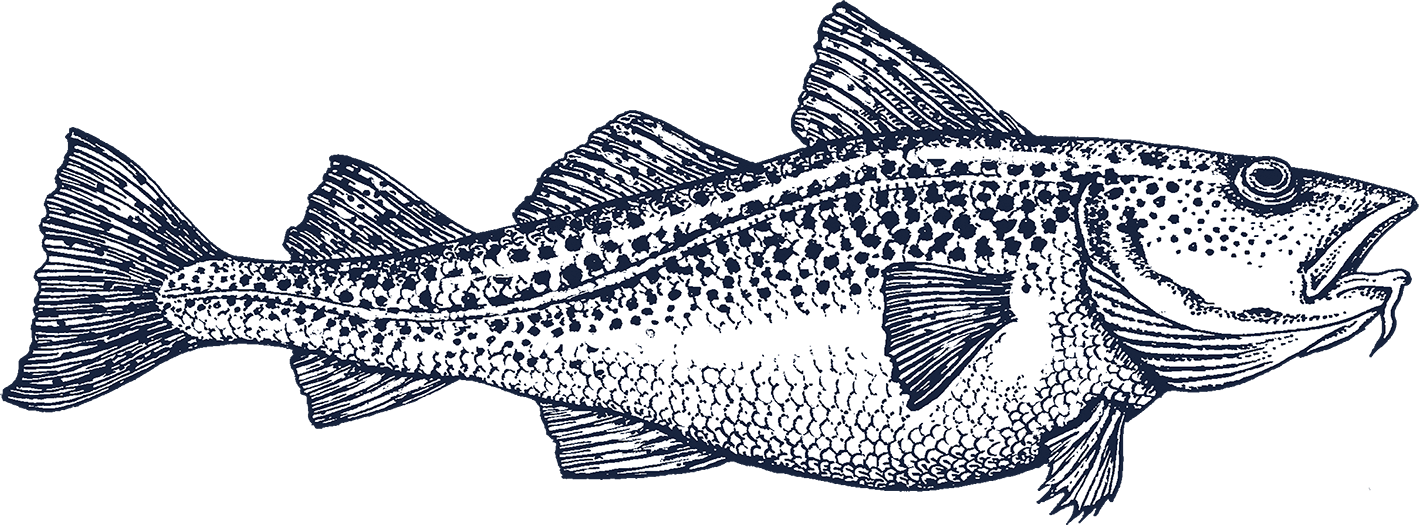

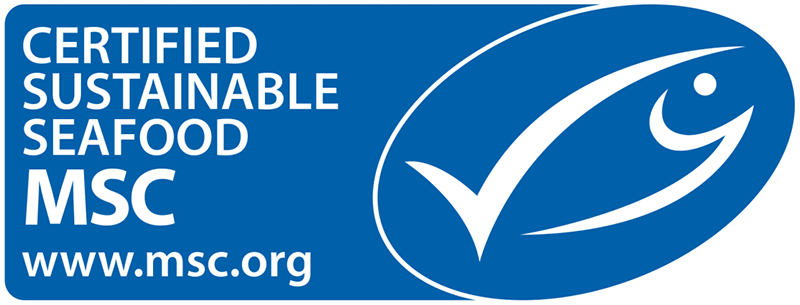
FACTS
Similar in appearance to Atlantic cod, Pacific cod is a mild-tasting and versatile fish. Pacific cod is found around the rim of the North Pacific, from the Yellow Sea to the Bering Strait, along the Aleutian Islands, and south to Los Angeles.
FISHING GROUNDS
Our Pacific cod catch comes from the Russian EEZ, in the Sea of Okhotsk and the West Bering Sea, FAO area 61.
FISHING METHOD
Pacific cod is caught with autoline longline system (LLS).
CATCH
Annual catch by Russian vessels of Pacific cod in the North Pacific:
2016 | 87,601 MT
2017 | 102,460 MT
2018 | 120,900 MT
2019 | 153,100 MT
2020 | 163,200 MT E
2021 | 212,900 MT TAC
E=Expected
Source: FAO, GFF
MSC
Western Bering Sea Pacific Cod and Pacific Halibut Longline. Cert MSC-F-31439
Alaska Pollock
Theragra chalcogramma | Colin d’Alaska | Alaska Seelachs | Merluzzo dell'alaska | Минтай | 阿拉斯加狭鳕 | スケトウダラ


FACTS
A smaller relative of cod, Alaska pollock is part of one of the world’s largest commercial fisheries in the North Pacific Ocean. Alaska pollock spawn from between 3 and 4 years, producing from 500,000 to 15 million eggs. Some Alaska pollock grow up to 80 cm long and live for around 15 years.
FISHING GROUNDS
Alaska pollock is harvested in the Russian EEZ in northern Pacific Ocean, FAO area 61. The main fishing is in the Sea of Okhotsk, from December to early April, followed by the West Bering Sea and around the Kuril Islands, from May to November.
FISHING METHOD
Alaska pollock is caught with mid-water pelagic trawl (OTM)
MSC
Russia Sea of Okhotsk pollock fishery, MSC-F-31395 (F-LRF-0126)
Haddock
Melanogrammus aeglefinus | Eglefin | Schellfisch | Eglefino | Пикша | 黑线鳕 | コダラ
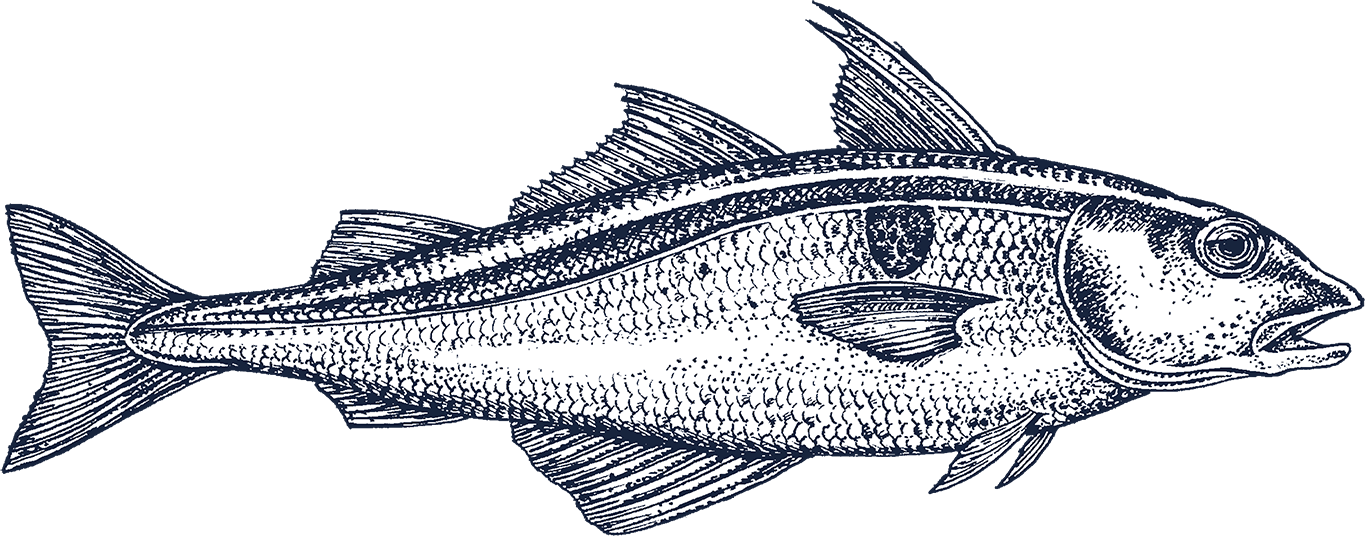
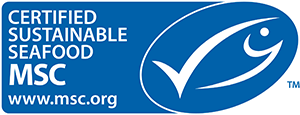
FACTS
Marked out by a unique dark patch called ‘The Devil’s Thumbprint’, haddock can be found at depths of up to 300 metres. Haddock mainly spawn between March and June, predominantly in the waters around central Norway, South West Iceland, and Georges Bank.
FISHING GROUNDS
Our haddock catch comes from the North East Arctic, off the coast of Norway and Russia. Current stock levels are healthy, thanks to responsible management and strict regulation by the Russian and Norwegian governments.
FISHING METHOD
Haddock is caught with a bottom otter trawl (OTB).
CATCH
Annual catch by Russian vessels of haddock in the Barents Sea:
2016 | 233,000 MT
2017 | 228,000 MT
2018 | 191,000 MT
2019 | 175,000 MT
2020 | 182,000 MT
2021 | 233,000 MT TAC
Source: FAO, ICES
MSC
Barents Sea cod, haddock and saithe fishery (haddock component). MSC-F-31267 (F-ACO-0076)
Saithe
Pollachius virens | Lieu noir | Seelachs | Merluzzo nero | Сайда | 綠青鱈 | シロイトダラ


FACTS
Also known as coley or Atlantic pollock, saithe can be found around off -shore wrecks and reefs. Saithe is a white fish with firm flesh, common to the Northern Atlantic, including the Bay of Biscay and Palmas Atlas Campus. Adults can grow up to 130 cm and weigh up to 32 kg.
FISHING GROUNDS
Our saithe is caught in the Northeast Arctic Ocean (ICES subareas I and II), part of FAO area 27, mainly in the first half of the year. The fishery is managed by Norway.
FISHING METHODS
Saithe is caught with a bottom otter trawl (OTB).
CATCH
Annual catch by Russian vessels of saithe in the Barents Sea:
2016 | 140,000 MT
2017 | 146,000 MT
2018 | 181,000 MT
2019 | 163,000 MT
2020 | 169,000 MT
2021 | 197,000 MT TAC
Source: FAO, ICES
MSC
Barents Sea cod, haddock and saithe fishery (saithe component). MSC-F-31268 (F-ACO-0095).
About our Packaging
Why do we need packaging for
our fillet products?
Packaging makes sure our fillets reach customers in the best possible condition. Our fillets sometimes make long journeys from catch to delivery, so it’s important to keep them safe from external impact (and maintain their quality).
But we’re also committed to sustainable fishing, so we use packaging as sparingly as possible.
The master carton protects our fillets from external impact and fluctuating temperatures. The inner carton protects the fillets from oxygen to maintain their freshness.
Our packaging also features comprehensive information about the product – including our traceability code.
Send us
a Message
If you have queries
please get in touch.

